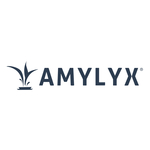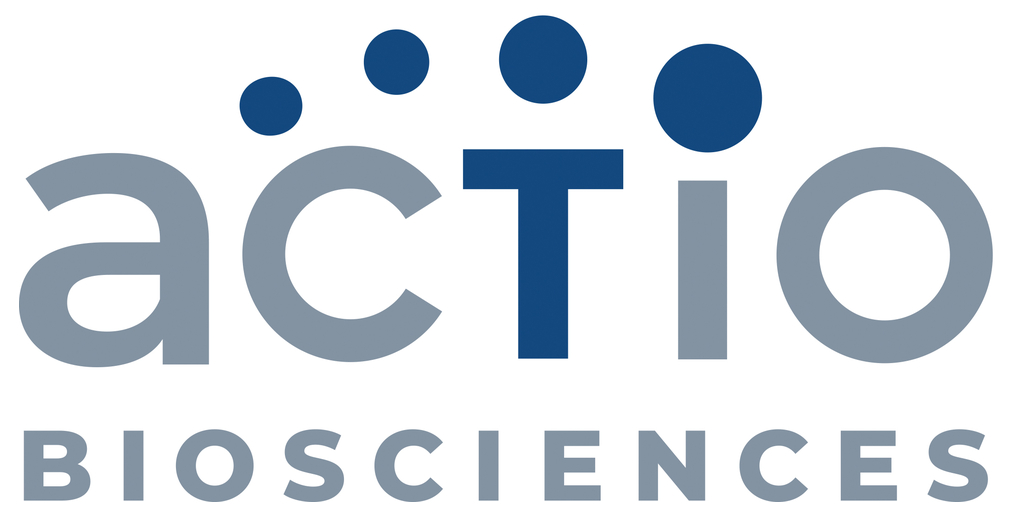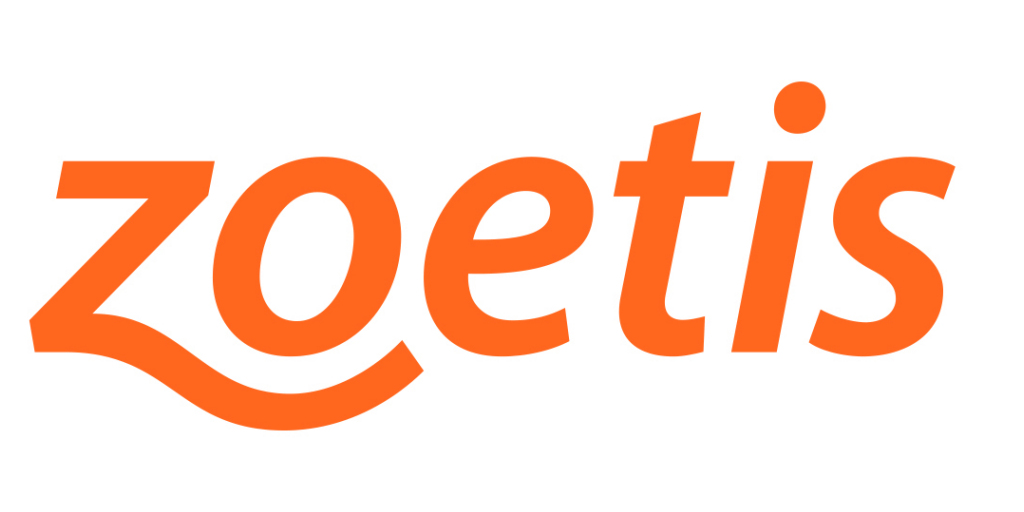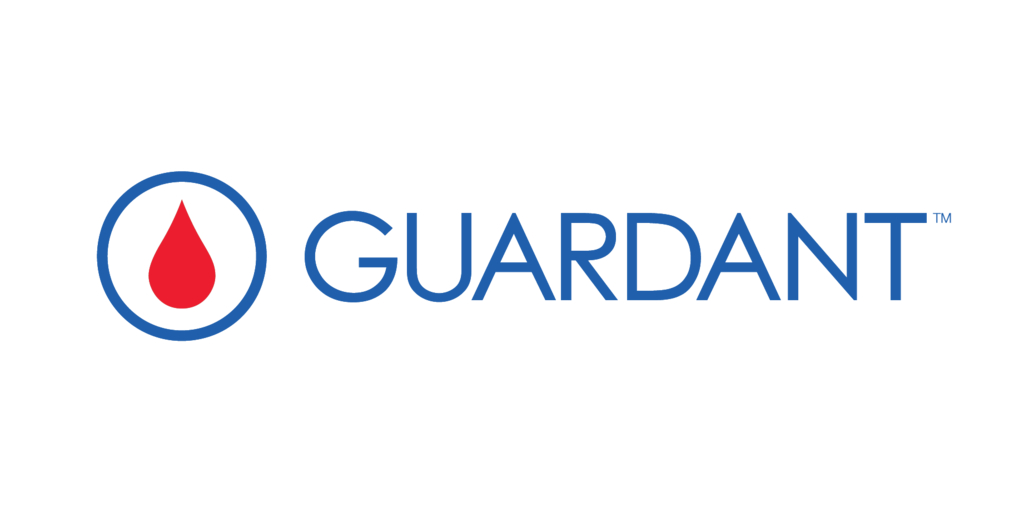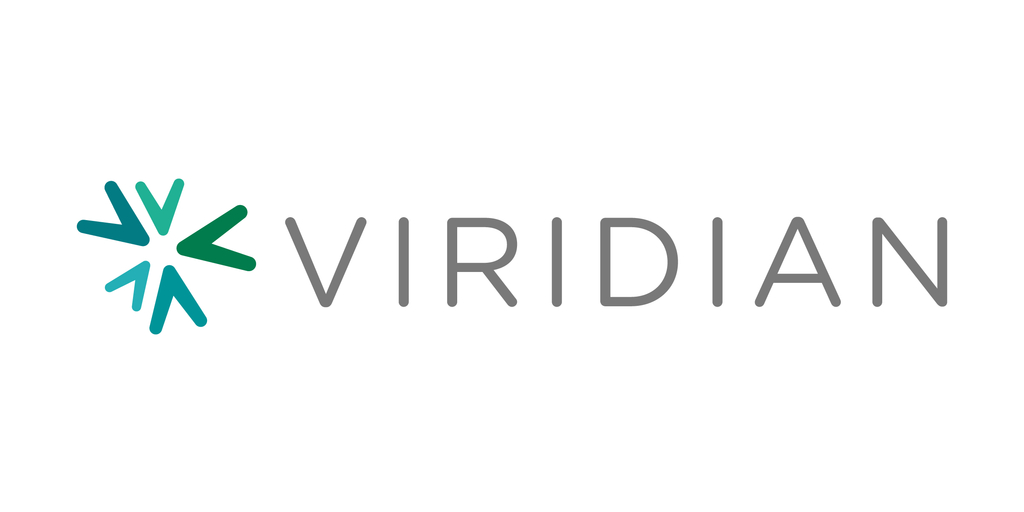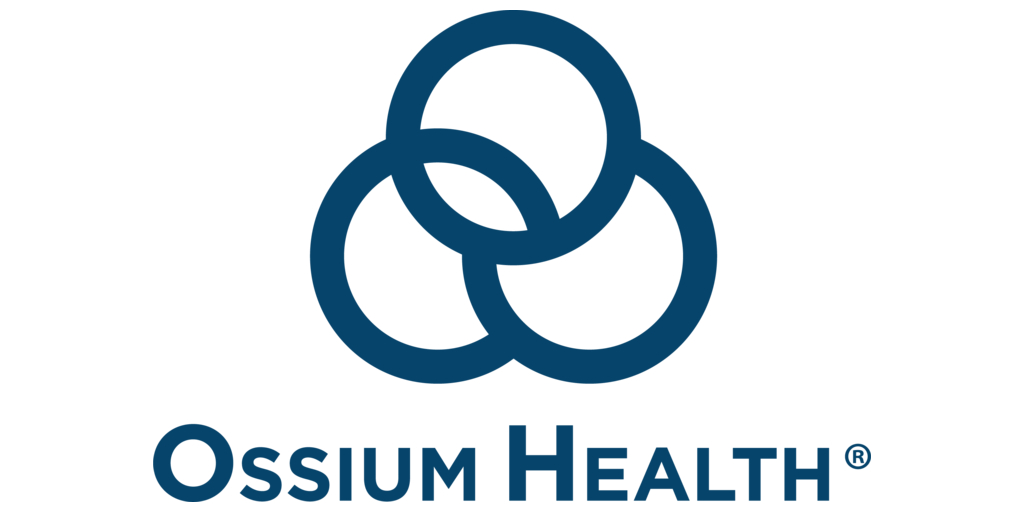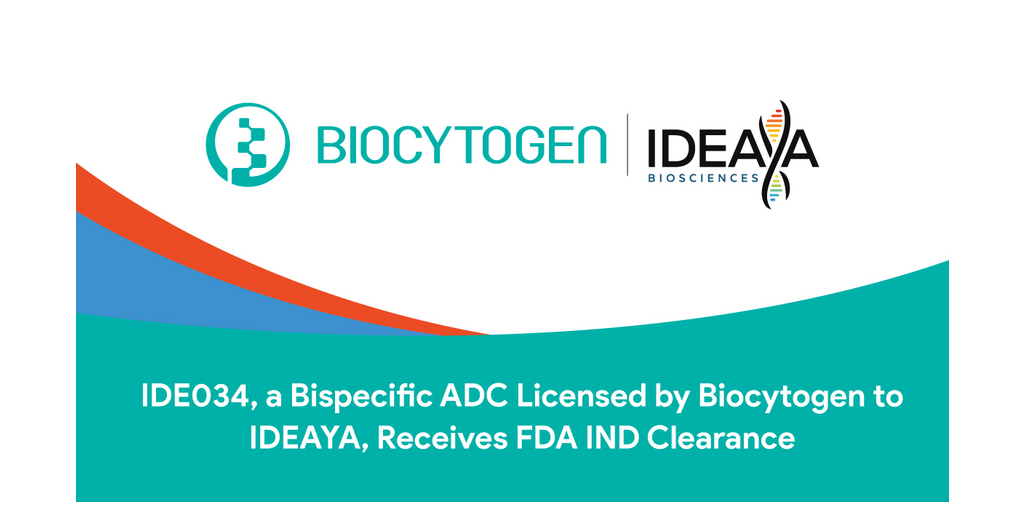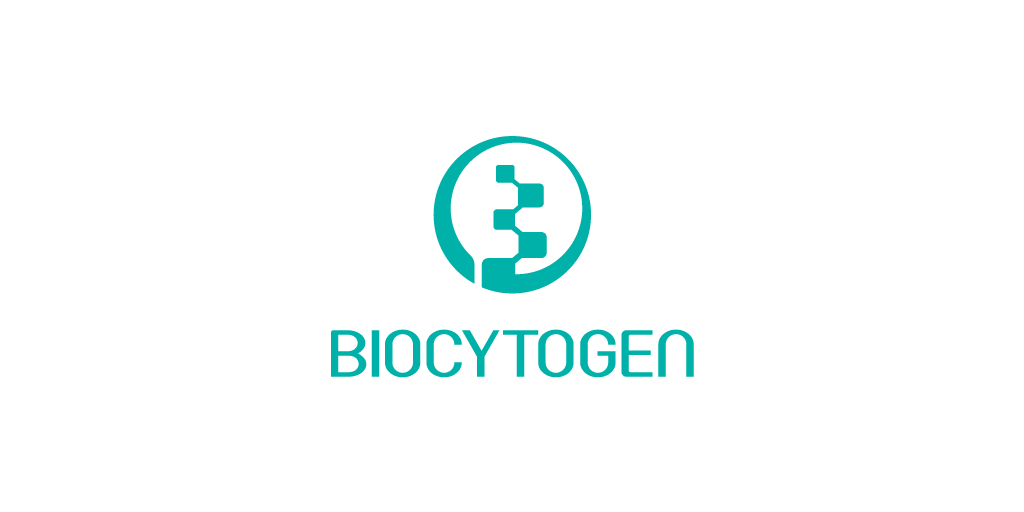Bristol Myers Squibb’s Breyanzi Approved by the U.S. FDA as the First and Only CAR T Cell Therapy for Adults with Relapsed or Refractory Marginal Zone Lymphoma (MZL)
Bristol Myers Squibb’s Breyanzi Approved by the U.S. FDA as the First and Only CAR T Cell Therapy for Adults with Relapsed or Refractory Marginal Zone Lymphoma (MZL)
In the MZL cohort of TRANSCEND FL, Breyanzi delivered deep and durable responses in 95.5% of patients while demonstrating a consistent safety profile
Breyanzi is now the only CAR T cell therapy approved by the FDA for five cancer types, the most of any CD19-directed CAR T cell therapy
PRINCETON, N.J.–(BUSINESS WIRE)–$BMY #Breyanzi—Bristol Myers Squibb (NYSE: BMY) today announced that the U.S. Food and Drug Administration (FDA) has granted approval of Breyanzi® (lisocabtagene maraleucel; liso-cel), a CD19-directed chimeric antigen receptor (CAR) T cell therapy, for the treatment of adult patients with relapsed or refractory (R/R) marginal zone lymphoma (MZL) who have received at least two prior lines of systemic therapy. Breyanzi is administered as a one-time infusion*. Please see the Important Safety Information section below, including Boxed WARNINGS for Breyanzi regarding Cytokine Release Syndrome (CRS), Neurologic Toxicities, and Secondary Hematological Malignancies.
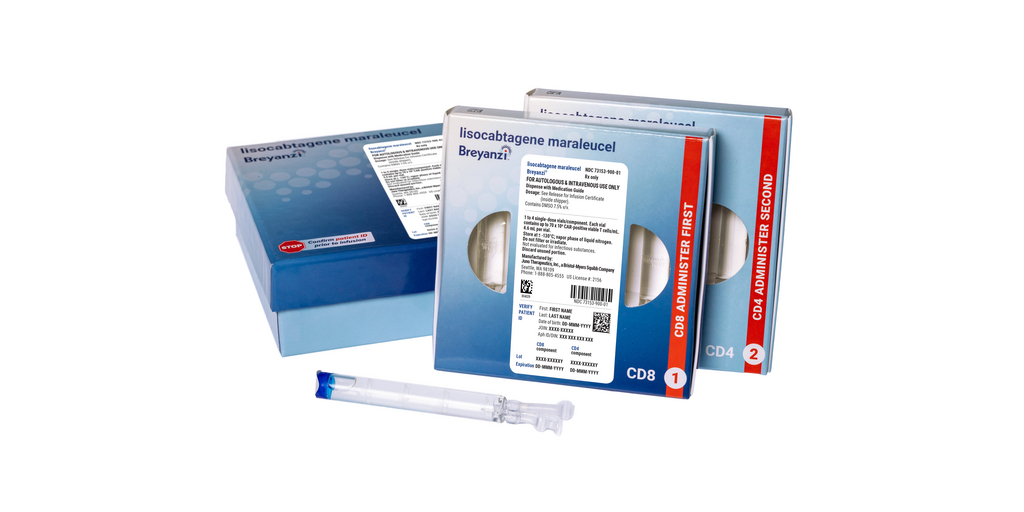

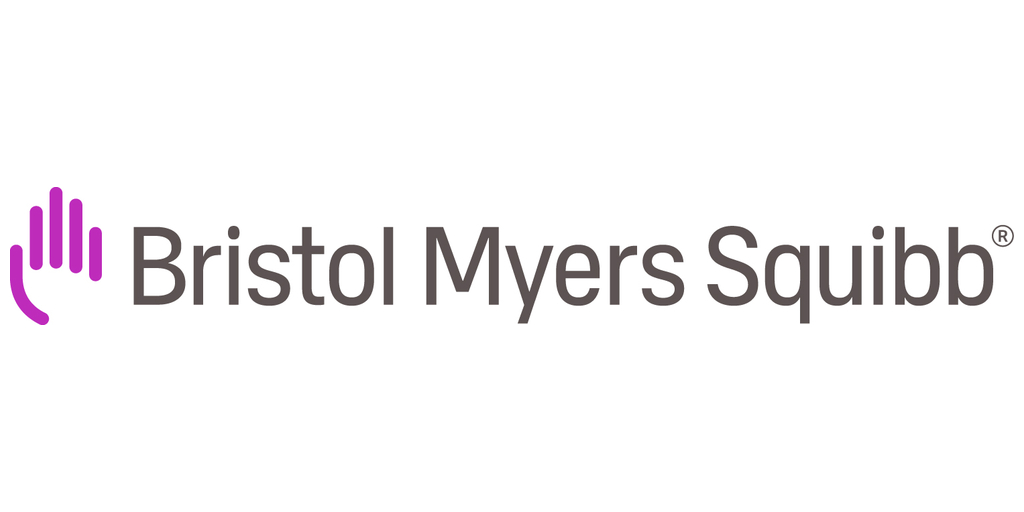

“The FDA approval of Breyanzi for relapsed or refractory marginal zone lymphoma further solidifies it as the leading CD19-directed CAR T cell therapy covering the broadest range of B-cell malignancies. This approval in a fifth cancer type reflects our bold vision to bring the transformational potential of cell therapy to more patients,” said Lynelle B. Hoch, president, Cell Therapy Organization, Bristol Myers Squibb. “Breyanzi is the first and only CAR T cell therapy approved for this patient population, demonstrating Bristol Myers Squibb’s deep commitment to expanding access and reaching as many patients as possible with this innovative, practice-changing treatment.”
This approval of Breyanzi is based on results from the MZL cohort in TRANSCEND FL, an open-label, multicenter, multi-cohort, single-arm study. Based on the U.S. Prescribing Information (USPI), in patients treated with Breyanzi in the third-line plus setting and included in the primary efficacy analysis set (n=66), the overall response rate (ORR) was 95.5% (95% CI: 87.3-99.1). ORR was defined as the percentage of patients achieving a partial or complete response per the Lugano criteria assessed by an Independent Review Committee (IRC) per CT. The complete response (CR) rate was 62.1% (95% CI: 49.3-73.8). The median duration of response (mDOR) was not reached (95% CI: 25.59-NR), with 90.1% of responders remaining in response at 24 months.
“Patients living with marginal zone lymphoma, a subtype of indolent non-Hodgkin lymphoma, generally see success with initial therapy, but a subset of patients ultimately experience multiple relapses over the course of many years, creating a pressing need for new treatment options with durable outcomes,” said M. Lia Palomba, M.D., TRANSCEND FL study investigator and lymphoma and cell therapy specialist, Memorial Sloan Kettering Cancer Center. “The FDA approval of liso-cel in relapsed or refractory marginal zone lymphoma is a significant advancement in redefining the treatment landscape and providing patients with an option that has demonstrated high rates of responses with an established safety profile.”
The safety profile of Breyanzi in R/R MZL was consistent with prior reports from trials in other indications. In the MZL cohort of the TRANSCEND FL study, any grade cytokine release syndrome (CRS) occurred in 76% of patients, including Grade ≥3 CRS in 4.5% of patients. Any grade nervous system disorders included: headache (21%), tremor (21%), encephalopathy (21%), dizziness (16%), and aphasia (10%), including Grade ≥3 headache (1.5%) and Grade ≥3 encephalopathy (1.5%). Patients in the MZL cohort of the TRANSCEND FL study were treated in the inpatient and outpatient setting since the safety profile of Breyanzi allows for the option of outpatient treatment and adverse event management for appropriate patients.
Breyanzi is broadly covered by commercial and government insurance programs in the U.S. Bristol Myers Squibb offers various programs and resources to address the needs of patients and care partners that support their CAR T cell therapy treatment journey. Bristol Myers Squibb also supports the patient and physician treatment experience by providing Cell Therapy 360, a digital service platform, which optimizes access to relevant information, manufacturing updates, and patient and care partner support.
*The treatment process includes blood collection, CAR T cell creation, potential bridging therapy, lymphodepletion, administration, and side-effect monitoring.
About TRANSCEND FL
TRANSCEND FL (NCT04245839) is an open-label, global, multicenter, Phase 2, single-arm study to determine the efficacy and safety of Breyanzi in patients with relapsed or refractory indolent B-cell non-Hodgkin lymphoma, including follicular lymphoma and marginal zone lymphoma. The primary outcome measure is overall response rate. Secondary outcome measures include complete response rate, duration of response, and progression-free survival.
About MZL
Marginal zone lymphoma (MZL) is a subtype of non-Hodgkin lymphoma (NHL), accounting for about 7% of all NHL cases. Most patients with MZL are diagnosed at a median age of 67 years. MZL develops when white blood cells cluster together to form lumps in a person’s lymph nodes or organs. Initial therapy often leads to remission, but relapse is common, sometimes occurring several times over many years. A small portion of MZL cases transform into diffuse large B-cell lymphoma, a more aggressive lymphoma.
About Breyanzi
Breyanzi is a CD19-directed CAR T cell therapy with a 4-1BB costimulatory domain, which enhances the expansion and persistence of the CAR T cells. Breyanzi is made from a patient’s own T cells, which are collected and genetically reengineered to become CAR T cells that are then delivered via infusion as a one-time treatment. The treatment process includes blood collection, CAR T cell creation, potential bridging therapy, lymphodepletion, administration, and side-effect monitoring.
Breyanzi is approved in the U.S. for the treatment of relapsed or refractory large B-cell lymphoma (LBCL) after at least one prior line of therapy, has received accelerated approval for the treatment of relapsed or refractory chronic lymphocytic leukemia (CLL) or small lymphocytic lymphoma (SLL) after at least two prior lines of therapy, relapsed or refractory follicular lymphoma (FL) after two or more prior lines of systemic therapy, and is approved for the treatment of relapsed or refractory mantle cell lymphoma (MCL) after at least two prior lines of systemic therapy. Breyanzi is also approved in Japan, the European Union (EU), Switzerland, Israel, the United Kingdom (UK), and Canada for the treatment of relapsed or refractory LBCL after at least one prior line of therapy; in Japan for the treatment of patients with relapsed or refractory high-risk FL after one prior line of systemic therapy, and in patients with relapsed or refractory FL after two or more lines of systemic therapy; in the EU, Switzerland, Israel, and the UK for the treatment of relapsed or refractory FL after two or more lines of systemic therapy; and in the EU and Israel for the treatment of relapsed or refractory MCL after at least two lines of systemic therapy including a Bruton’s tyrosine kinase (BTK) inhibitor.
Bristol Myers Squibb’s clinical development program for Breyanzi includes clinical studies in several types of lymphoma. For more information, visit clinicaltrials.gov.
Breyanzi U.S. FDA-Approved Indications
BREYANZI is a CD19-directed genetically modified autologous T cell immunotherapy indicated for the treatment of:
-
adult patients with large B-cell lymphoma (LBCL), including diffuse large B-cell lymphoma (DLBCL) not otherwise specified (including DLBCL arising from indolent lymphoma), high-grade B cell lymphoma, primary mediastinal large B-cell lymphoma, and follicular lymphoma grade 3B, who have:
-
refractory disease to first-line chemoimmunotherapy or relapse within 12 months of first-line chemoimmunotherapy; or
-
refractory disease to first-line chemoimmunotherapy or relapse after first-line chemoimmunotherapy and are not eligible for hematopoietic stem cell transplantation (HSCT) due to comorbidities or age; or
-
relapsed or refractory disease after two or more lines of systemic therapy.
Limitations of Use: BREYANZI is not indicated for the treatment of patients with primary central nervous system lymphoma.
-
adult patients with relapsed or refractory chronic lymphocytic leukemia (CLL) or small lymphocytic lymphoma (SLL) who have received at least 2 prior lines of therapy, including a Bruton tyrosine kinase (BTK) inhibitor and a B-cell lymphoma 2 (BCL-2) inhibitor. This indication is approved under accelerated approval based on response rate and duration of response. Continued approval for this indication may be contingent upon verification and description of clinical benefit in confirmatory trial(s).
-
adult patients with relapsed or refractory follicular lymphoma (FL) who have received 2 or more prior lines of systemic therapy. This indication is approved under accelerated approval based on response rate and duration of response. Continued approval for this indication may be contingent upon verification and description of clinical benefit in confirmatory trial(s).
-
adult patients with relapsed or refractory mantle cell lymphoma (MCL) who have received at least 2 prior lines of systemic therapy, including a Bruton tyrosine kinase (BTK) inhibitor.
-
adult patients with relapsed or refractory marginal zone lymphoma (MZL) who have received at least 2 prior lines of systemic therapy.
Breyanzi U.S. Important Safety Information
WARNING: CYTOKINE RELEASE SYNDROME, NEUROLOGIC TOXICITIES, AND SECONDARY HEMATOLOGICAL MALIGNANCIES
-
Cytokine Release Syndrome (CRS), including fatal or life-threatening reactions, occurred in patients receiving BREYANZI. Do not administer BREYANZI to patients with active infection or inflammatory disorders. Treat severe or life-threatening CRS with tocilizumab with or without corticosteroids.
-
Neurologic toxicities, including fatal or life-threatening reactions, occurred in patients receiving BREYANZI, including concurrently with CRS, after CRS resolution, or in the absence of CRS. Monitor for neurologic events after treatment with BREYANZI. Provide supportive care and/or corticosteroids as needed.
-
T cell malignancies have occurred following treatment of hematologic malignancies with BCMA- and CD19-directed genetically modified autologous T cell immunotherapies, including BREYANZI.
Cytokine Release Syndrome
Cytokine release syndrome (CRS), including fatal or life-threatening reactions, occurred following treatment with BREYANZI. In clinical trials of BREYANZI, which enrolled a total of 769 patients with non-Hodgkin lymphoma (NHL), CRS occurred in 56% of patients, including ≥ Grade 3 CRS in 3.4% of patients. The median time to onset was 5 days (range: 1 to 63 days). CRS resolved in 99% of patients with a median duration of 5 days (range: 1 to 37 days). One patient had fatal CRS and 5 patients had ongoing CRS at the time of death. The most common manifestations of CRS (≥10%) were fever, hypotension, chills, tachycardia, hypoxia, and headache.
Serious events that may be associated with CRS include cardiac arrhythmias (including atrial fibrillation and ventricular tachycardia), cardiac arrest, cardiac failure, diffuse alveolar damage, renal insufficiency, capillary leak syndrome, hypotension, hypoxia, and hemophagocytic lymphohistiocytosis/macrophage activation syndrome (HLH/MAS).
Ensure that 2 doses of tocilizumab are available prior to infusion of BREYANZI.
Neurologic Toxicities
Neurologic toxicities that were fatal or life-threatening, including immune effector cell-associated neurotoxicity syndrome (ICANS), occurred following treatment with BREYANZI. Serious events including cerebral edema and seizures occurred with BREYANZI. Fatal and serious cases of leukoencephalopathy, some attributable to fludarabine, also occurred.
In clinical trials of BREYANZI, CAR T cell-associated neurologic toxicities occurred in 32% of patients, including ≥ Grade 3 cases in 10% of patients. The median time to onset of neurotoxicity was 8 days (range: 1 to 63 days). Neurologic toxicities resolved in 88% of patients with a median duration of 7.5 days (range: 1 to 119 days). Of patients developing neurotoxicity, 83% also developed CRS.
The most common neurologic toxicities (≥5%) included encephalopathy, tremor, aphasia, delirium, and headache.
CRS and Neurologic Toxicities Monitoring
Monitor patients daily for at least 7 days following BREYANZI infusion for signs and symptoms of CRS and neurologic toxicities and assess for other causes of neurological symptoms. Continue to monitor patients for signs and symptoms of CRS and neurologic toxicities for at least 2 weeks after infusion and treat promptly. At the first sign of CRS, institute treatment with supportive care, tocilizumab, or tocilizumab and corticosteroids as indicated. Manage neurologic toxicity with supportive care and/or corticosteroid as needed. Advise patients to avoid driving for at least 2 weeks following infusion. Counsel patients to seek immediate medical attention should signs or symptoms of CRS or neurologic toxicity occur at any time.
Hypersensitivity Reactions
Allergic reactions may occur with the infusion of BREYANZI. Serious hypersensitivity reactions, including anaphylaxis, may be due to dimethyl sulfoxide (DMSO).
Serious Infections
Severe infections, including life-threatening or fatal infections, have occurred in patients after BREYANZI infusion. In clinical trials of BREYANZI, infections of any grade occurred in 33% of patients, with Grade 3 or higher infections occurring in 12% of all patients. Grade 3 or higher infections with an unspecified pathogen occurred in 7%, bacterial infections in 3.5%, viral infections in 2%, and fungal infections in 0.7% of patients. One patient who received 4 prior lines of therapy developed a fatal case of John Cunningham (JC) virus progressive multifocal leukoencephalopathy 4 months after treatment with BREYANZI. One patient who received 3 prior lines of therapy developed a fatal case of cryptococcal meningoencephalitis 35 days after treatment with BREYANZI.
Febrile neutropenia developed after BREYANZI infusion in 8% of patients. Febrile neutropenia may be concurrent with CRS. In the event of febrile neutropenia, evaluate for infection and manage with broad-spectrum antibiotics, fluids, and other supportive care as medically indicated.
Monitor patients for signs and symptoms of infection before and after BREYANZI administration and treat appropriately. Administer prophylactic antimicrobials according to standard institutional guidelines. Avoid administration of BREYANZI in patients with clinically significant, active systemic infections.
Viral reactivation: Hepatitis B virus (HBV) reactivation, in some cases resulting in fulminant hepatitis, hepatic failure, and death, can occur in patients treated with drugs directed against B cells. In clinical trials of BREYANZI, 35 of 38 patients with a prior history of HBV were treated with concurrent antiviral suppressive therapy. Perform screening for HBV, HCV, and HIV in accordance with clinical guidelines before collection of cells for manufacturing. In patients with prior history of HBV, consider concurrent antiviral suppressive therapy to prevent HBV reactivation per standard guidelines.
Prolonged Cytopenias
Patients may exhibit cytopenias not resolved for several weeks following lymphodepleting chemotherapy and BREYANZI infusion. In clinical trials of BREYANZI, Grade 3 or higher cytopenias persisted at Day 29 following BREYANZI infusion in 35% of patients, and included thrombocytopenia in 25%, neutropenia in 22%, and anemia in 6% of patients. Monitor complete blood counts prior to and after BREYANZI administration.
Hypogammaglobulinemia
B-cell aplasia and hypogammaglobulinemia can occur in patients receiving BREYANZI. In clinical trials of BREYANZI, hypogammaglobulinemia was reported as an adverse reaction in 9% of patients. Hypogammaglobulinemia, either as an adverse reaction or laboratory IgG level below 500 mg/dL after infusion, was reported in 30% of patients. Monitor immunoglobulin levels after treatment with BREYANZI and manage using infection precautions, antibiotic prophylaxis, and immunoglobulin replacement as clinically indicated.
Live vaccines: The safety of immunization with live viral vaccines during or following BREYANZI treatment has not been studied. Vaccination with live virus vaccines is not recommended for at least 6 weeks prior to the start of lymphodepleting chemotherapy, during BREYANZI treatment, and until immune recovery following treatment with BREYANZI.
Secondary Malignancies
Patients treated with BREYANZI may develop secondary malignancies. T cell malignancies have occurred following treatment of hematologic malignancies with BCMA- and CD19-directed genetically modified autologous T cell immunotherapies, including BREYANZI. Mature T cell malignancies, including CAR-positive tumors, may present as soon as weeks following infusion, and may include fatal outcomes. Monitor lifelong for secondary malignancies. In the event that a secondary malignancy occurs, contact Bristol-Myers Squibb at 1-888-805-4555 for reporting and to obtain instructions on collection of patient samples for testing.
Immune Effector Cell-Associated Hemophagocytic Lymphohistiocytosis-Like Syndrome (IEC-HS)
Immune Effector Cell-Associated Hemophagocytic Lymphohistiocytosis-Like Syndrome (IEC-HS), including fatal or life-threatening reactions, occurred following treatment with BREYANZI. Seven out of 769 (0.9%) patients with R/R NHL exposed to BREYANZI developed IEC-HS. Time to onset of IEC-HS ranged from 7 to 32 days. Of the 7 patients, 3 patients developed IEC-HS with overlapping occurrence of CRS and neurotoxicity, 2 patients developed IEC-HS with overlapping occurrence of neurotoxicity, and 1 patient developed IEC-HS with overlapping occurrence of CRS. IEC-HS was fatal in 2 of 7 patients. One patient had fatal IEC-HS and one had ongoing IEC-HS at time of death. IEC-HS is a life-threatening condition with a high mortality rate if not recognized and treated early. Treatment of IEC-HS should be administered per current practice guidelines.
Adverse Reactions
The most common adverse reaction(s) (incidence ≥30%) in:
-
LBCL are fever, CRS, fatigue, musculoskeletal pain, and nausea. The most common Grade 3-4 laboratory abnormalities include lymphocyte count decrease, neutrophil count decrease, platelet count decrease, and hemoglobin decrease.
-
CLL/SLL are CRS, encephalopathy, fatigue, musculoskeletal pain, nausea, edema, and diarrhea. The most common Grade 3-4 laboratory abnormalities include neutrophil count decrease, white blood cell decrease, hemoglobin decrease, platelet count decrease, and lymphocyte count decrease.
-
FL is CRS. The most common Grade 3-4 laboratory abnormalities include lymphocyte count decrease, neutrophil count decrease, and white blood cell decrease.
-
MCL are CRS, fatigue, musculoskeletal pain, and encephalopathy. The most common Grade 3-4 laboratory abnormalities include neutrophil count decrease, white blood cell decrease, and platelet count decrease.
-
MZL is CRS. The most common Grade 3-4 laboratory abnormalities include lymphocyte count decrease, neutrophil count decrease, and white blood cell decrease.
Please see full Prescribing Information, including Boxed WARNINGS and Medication Guide.
Bristol Myers Squibb: Unlocking the Full Potential of Cell Therapy
A pioneer in harnessing the immune system to fight cancer and an established leader in cell therapy, Bristol Myers Squibb is uniquely positioned to unlock the full potential of this technology across blood cancers and within new frontiers, including autoimmune disease.
Bristol Myers Squibb is currently the only company with two approved CAR T cell therapies with two distinct targets, available in major markets around the world. Our bold vision for the future is one in which hundreds of thousands of patients can be treated with cell therapy’s transformational potential.
The building blocks to realize this ambition—a promising and differentiated pipeline, extensive translational and clinical data sets, a deep bench of talent, and robust manufacturing capabilities—are in our cells. We are laser-focused on advancing the field of cell therapy toward a true revolution for patients. Learn more about the science behind cell therapy and ongoing progress at Bristol Myers Squibb here.
About Bristol Myers Squibb
Bristol Myers Squibb is a global biopharmaceutical company whose mission is to discover, develop and deliver innovative medicines that help patients prevail over serious diseases. For more information about Bristol Myers Squibb, visit us at BMS.com or follow us on LinkedIn, X, YouTube, Facebook and Instagram.
Cautionary Statement Regarding Forward-Looking Statements
This press release contains “forward-looking statements” within the meaning of the Private Securities Litigation Reform Act of 1995 regarding, among other things, the research, development and commercialization of pharmaceutical products. All statements that are not statements of historical facts are, or may be deemed to be, forward-looking statements. Such forward-looking statements are based on current expectations and projections about our future financial results, goals, plans and objectives and involve inherent risks, assumptions and uncertainties, including internal or external factors that could delay, divert or change any of them in the next several years, that are difficult to predict, may be beyond our control and could cause our future financial results, goals, plans and objectives to differ materially from those expressed in, or implied by, the statements. These risks, assumptions, uncertainties and other factors include, among others, whether Breyanzi (lisocabtagene maraleucel) for the additional indication described in this release will be commercially successful, any marketing approvals, if granted, may have significant limitations on their use, and, that continued approval of, Breyanzi for such indication may be contingent upon verification and description of clinical benefit in confirmatory trials. No forward-looking statement can be guaranteed. Forward-looking statements in this press release should be evaluated together with the many risks and uncertainties that affect Bristol Myers Squibb’s business and market, particularly those identified in the cautionary statement and risk factors discussion in Bristol Myers Squibb’s Annual Report on Form 10-K for the year ended December 31, 2024, as updated by our subsequent Quarterly Reports on Form 10-Q, Current Reports on Form 8-K and other filings with the Securities and Exchange Commission. The forward-looking statements included in this document are made only as of the date of this document and except as otherwise required by applicable law, Bristol Myers Squibb undertakes no obligation to publicly update or revise any forward-looking statement, whether as a result of new information, future events, changed circumstances or otherwise.
corporatefinancial-news
Contacts
Bristol Myers Squibb
Media Inquiries:
media@bms.com
Investors:
investor.relations@bms.com


